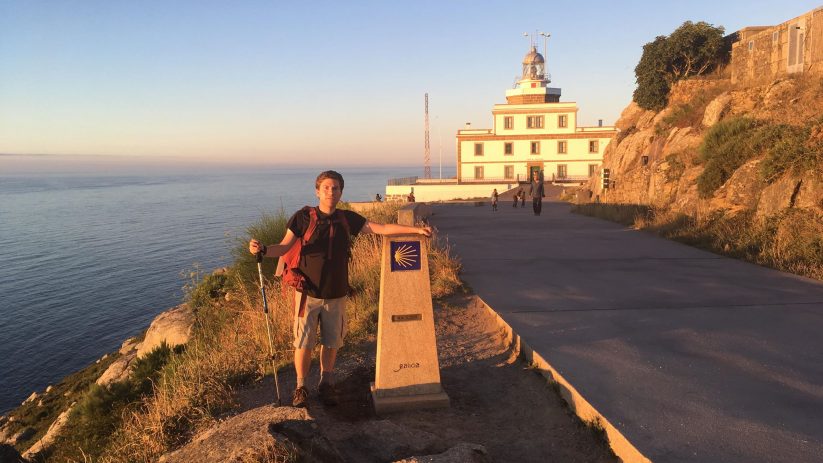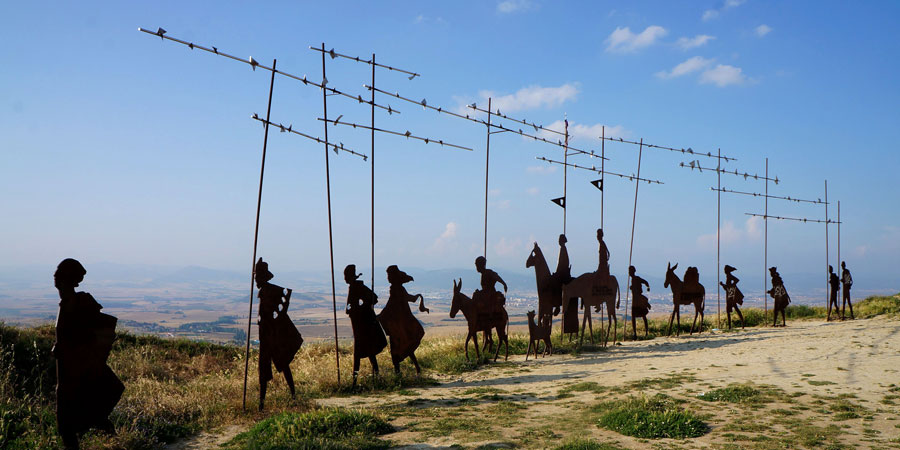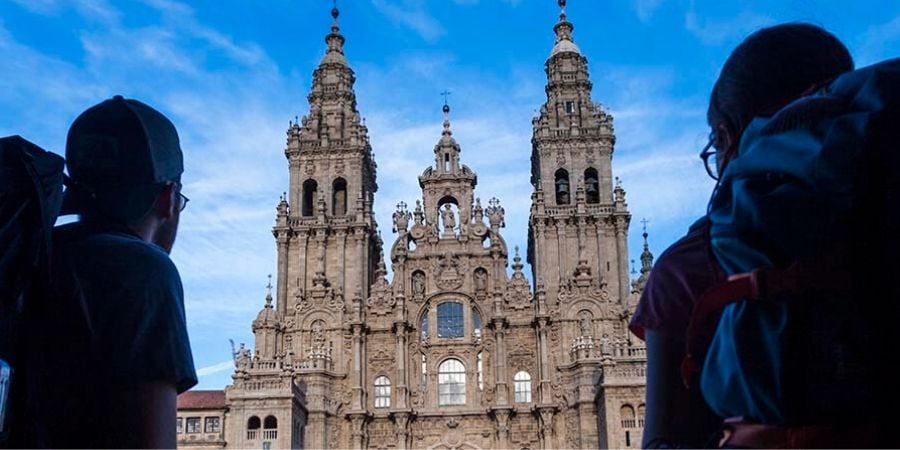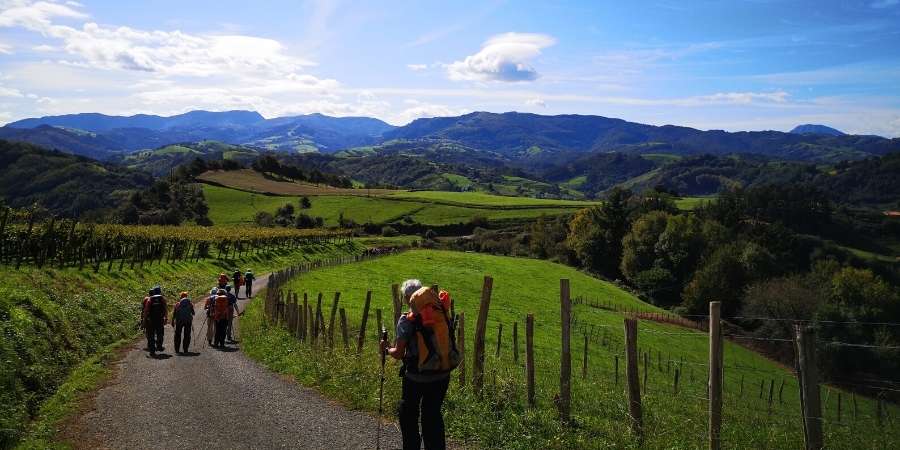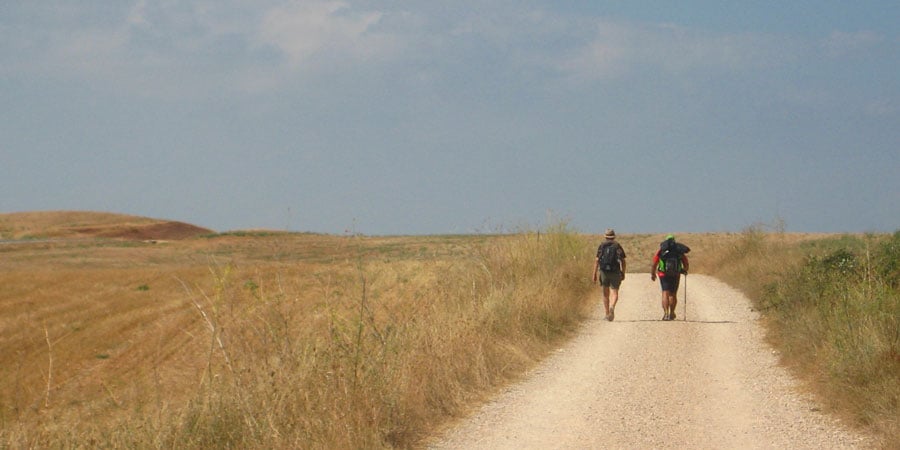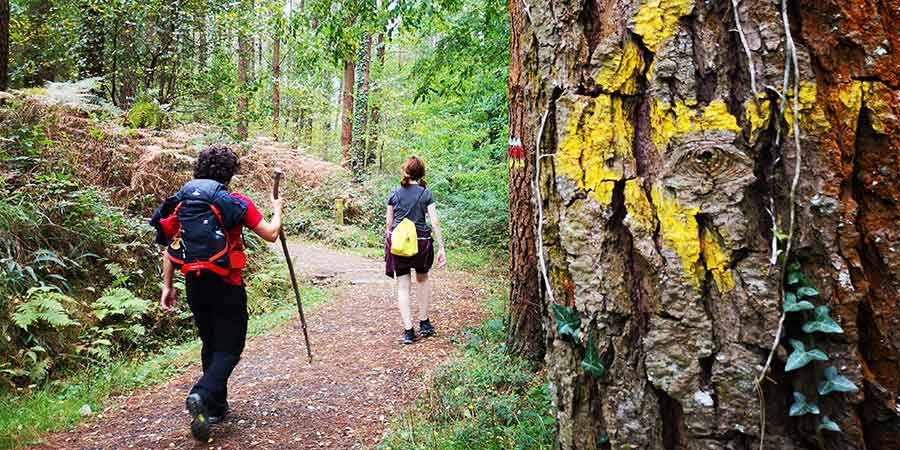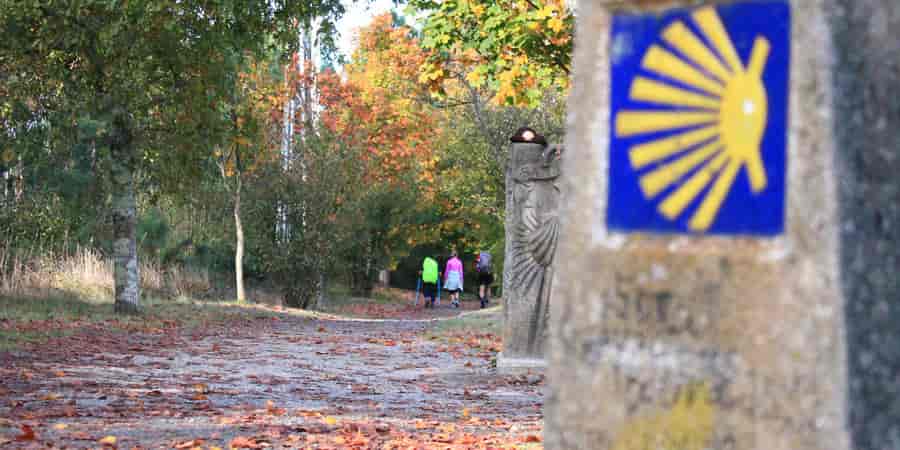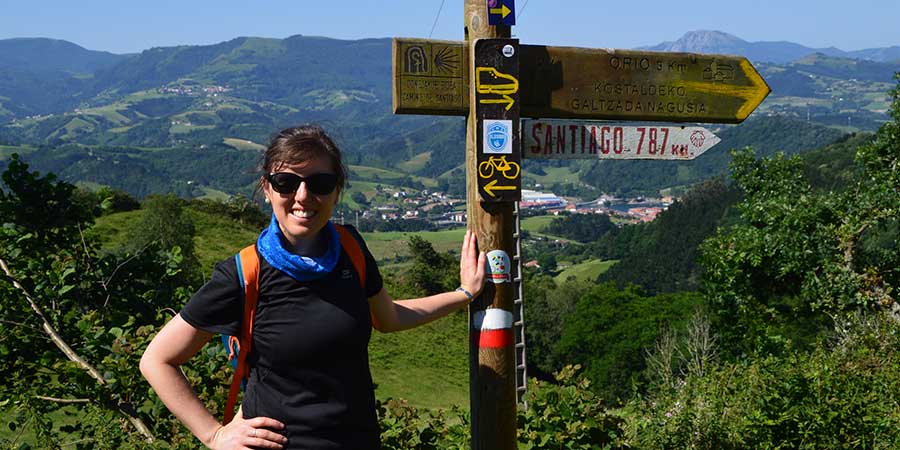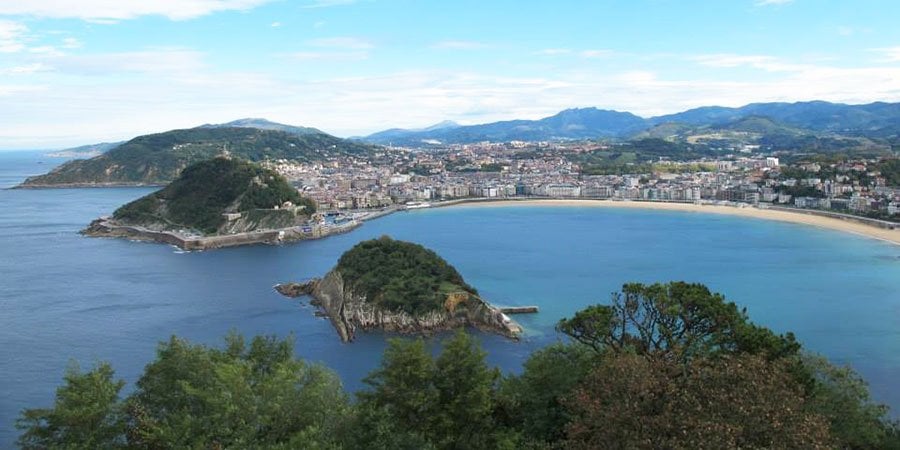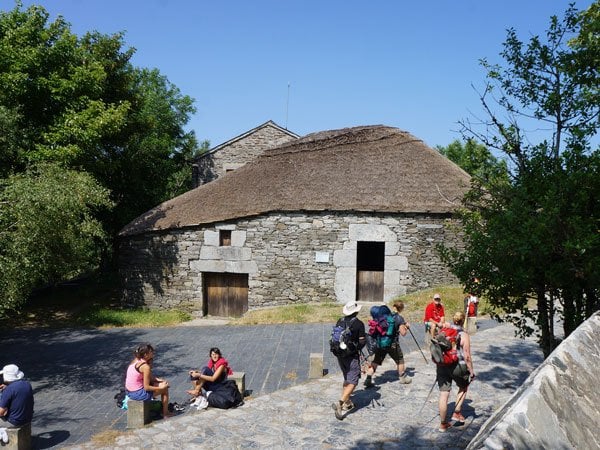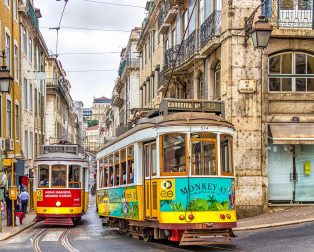The Camino de Santiago is a pilgrimage in Spain, which has become increasingly popular in recent years.
Despite the pandemic, in 2020 this pilgrimage in Spain was completed by almost 54,000 pilgrims.
In a normal year, however, the pilgrimage can see upwards of 340,000 pilgrims taking many different routes to the holy city of Santiago in Galicia, Spain.
History of the Pilgrimage in Spain
The history of the Camino de Santiago as a pilgrimage in Spain goes back over a thousand years.
The Cathedral of Santiago de Compostela is the traditional endpoint for the journey of the pilgrim, holding the relics of the Patron Saint of Spain and Galicia, St. James.
It is the relics of St. James which traditionally would have attracted the faithful along their perilous journeys for hundreds of miles.
Pilgrims came from all over Europe to make the journey to Santiago. Here you can read more about the journey of a medieval pilgrim.
It’s possible the roads to Santiago and beyond might have been used before the time of St. James by early pilgrims following the Milky Way to Finisterre (the End of the World). It was said that this was a place where the living world could reach the world of the dead.
Modern reasons to walk the Camino
These days, while we still walk the Camino routes like our ancient ancestors, the journey has changed drastically with modern conveniences like luxury hotels, tapas bars, and hi-tec footwear.
And like the journey has changed, so too have the reasons we walk the Camino.
A survey of 1000 Camino pilgrims we conducted in 2019 showed that the Camino had gained huge popularity outside of religion and had become more of an active holiday to escape from the modern world. In 2019, only 28% of those surveyed said they had walked the Camino for religious/spiritual reasons.
However, it’s fair to say that travel and the way we think about travel has changed dramatically in the last year.
And something we have seen is a definite return to the idea of the Camino as a pilgrimage for spiritual reasons.
Of the 54,000 pilgrims that completed their Camino in 2020, 76% said they did so for Spiritual/Religious reasons.
So do we have to be religious to take on a modern pilgrimage?
Before we attempt to answer that question, let’s look at what exactly is a ‘Pilgrimage’?
What is a Pilgrimage?
Wikipedia defines a pilgrimage as this:
A pilgrimage is a journey, often into an unknown or foreign place, where a person goes in search of new or expanded meaning about their self, others, nature, or higher good, through the experience.
To turn a walk into a pilgrimage, the British Pilgrimage Trust advises, “at the beginning set your private ‘intention’ – dedicate your journey to something that you want help with, or for which you want to give thanks.”
It seems a modern pilgrimage does not need to have a religious intention but a spiritual one at least.
Characteristics of a Pilgrimage
In 2012, we interviewed Author Cheri Powell (who completed the Full Camino Frances twice) who gave us the common characteristics of a modern pilgrimage:
A pilgrimage usually involves some sort of sacrifice. Some amenities of modern life are given up in order to experience spiritual growth. While on the pilgrimage there is usually some sort of introspection. Pilgrims may meditate, review their life path, or contemplate their place in the universe. It is a time for getting away from the usual, the routine, and experiencing something new and different.
A pilgrimage is usually done alone. A pilgrim may physically have friends and others along on the journey, but the real journey takes place in the very core of the individual as each day is experienced, absorbed and transformed into part of the new individual that will emerge at the end of the experience.
A pilgrimage usually involves a span of time. They are not undertaken over a weekend, a week or even a month. The time leading up to the actual journey is also part of the pilgrimage because it involves the thought and actions that are needed to organize all the physical, mental, spiritual, emotional and logistical things that must come together.
As a modern pilgrimage, the Camino is a spiritual adventure, open to people of all beliefs and no beliefs.
We undertake the pilgrimage in Spain these days as a journey of enlightenment and intention for ourselves or for others or both.
Why do we want to go on a pilgrimage?
With the current state of the world, it’s no wonder the idea of making a pilgrimage has once again become popular.
Not only are many people under lockdowns seeking solace and comfort in the simple act of walking these days, but they are also perhaps looking to connect walking with a deeper meaning.
We know walking is good for our body and we are finding it is also good for our minds.
It makes sense that walking and spirituality go hand in hand when we think about how cleansed our mind feels after a walk.
Making a pilgrimage (walking for an extended period of time with an intention or dedication) is the logical next step for those in lockdown that have experienced the benefits of walking and want to give thanks for getting through these tough times.
The pilgrimage to Santiago is both a fitness goal to prepare for and an extremely worthwhile travel experience from which to gain spiritual benefit.
Why is the Pilgrimage in Spain so popular?
In recent months, Google search trends for “Pilgrimage” have increased.
More people are not just looking to do a pilgrimage, they are looking to do a longer pilgrimage than ever before.
In the past year, pilgrims have shown more interest in walking the longer pilgrimages – the full routes such as the Camino Frances (775km), the Camino del Norte (827km), and the Camino Portugues (633km).
We have also seen an increase in demand for walking the Via Francigena over the past couple of years – a pilgrimage that starts in Canterbury, UK, and ends in Rome, Italy.
With the 2021-22 Holy Year on the Camino, there has never been more interest in walking the Camino de Santiago and 2021 would have been the biggest year the Camino would have seen.
What makes the Pilgrimage in Spain is so popular is that it’s completely unique to you – you can have whatever type of experience you choose in one of the most stunning and diverse landscapes you have ever seen. It’s a journey for the mind, body, and soul.
It’s no surprise 99.8% of pilgrims would recommend the Camino to their family and friends.
While interest in the Camino de Santiago has increased steadily in the previous 10 years, it’s our prediction that the next 10 years will see even more pilgrims take to the many Camino Routes to Santiago just as our ancestors did a thousand years ago.
When all of this is over, the pilgrimage in Spain will be calling for us once again.
